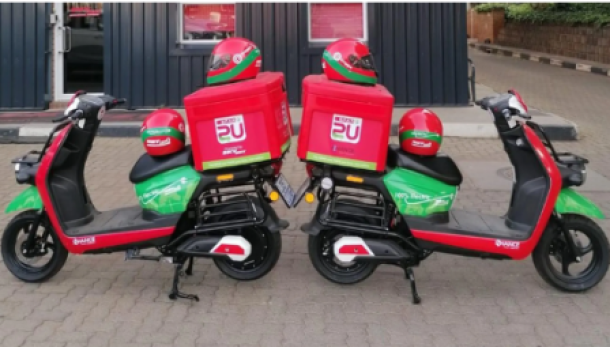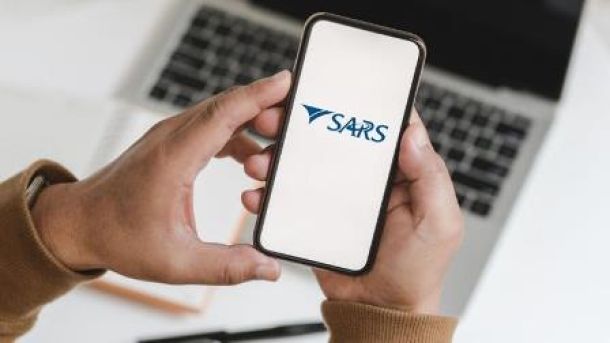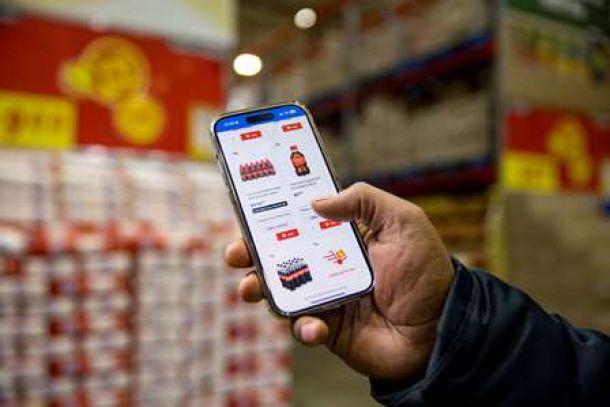Lighting is a whole new bulb game
Shoppers at the Carrefour hypermarket in Lille, France, no longer have to ask for help to find items on special offer — they can navigate to them using their smartphones.
Philips, the Dutch technology conglomerate, has installed 800 light-emitting diode fixtures at the 7,800m² store that can send a signal to a customer’s phone using light invisible to the human eye.
"With the right sensors installed, an LED light-fitting could become the best GPS ever by directing customers or visitors to where they want to go," says Gaia Nocchi, director at Frost & Sullivan, the research and consulting firm.
Lighting is starting to become part of the "internet of things" — where multiple different devices are all connected on telecommunications networks — but for incumbent manufacturers, this rapid technological shift is causing huge upheaval.
Industrial giants Philips, Siemens and General Electric (GE) for decades enjoyed an oligopoly in the hitherto slow-moving lighting market, which James Stettler, an analyst at Barclays, compares to a "licence to print money", partly because people have to regularly replace their bulbs.
Light-emitting diodes (LEDs) are fast displacing traditional light sources such as incandescent, halogen and fluorescent bulbs, catalysed partly by double-digit annual price declines in components. Government regulations have also supported the growth of LEDs because of their energy efficiency.
...
LEDs also last much longer than old-style bulbs and are far more sophisticated. For example, the new 68-storey International Youth Culture Centre in Nanjing, China, has 700,000 LED lights capable of illuminating the building facade in different colours at night.
Frost & Sullivan estimates the global LED lighting market grew 35% to $32.3bn last year, and is forecast to more than double to $70bn by 2019. LED as a proportion of the total lighting market is set to approach 50% by the end of this year and reach 84% by 2020.
The incumbents saw the tech revolution coming and are now among the biggest players, but the rapid growth in LEDs has attracted new, low-cost competitors, particularly from Asia.
...
THE incumbents are responding to these challenges in different ways, but broadly speaking they are restructuring legacy, high-volume lighting units and regearing their business models towards "smart" and "connected" lighting.
"In 10 years there might not be a single light bulb left — if your core competence isn’t needed any more, then you need to adapt — the challenge is to move from being a general lighting company to a solution provider," says Nocchi.
Philips announced last September that it would split in two by creating a standalone lighting company that could respond quickly to the "fundamental changes taking place in the lighting industry".
In future, Philips will focus on its core healthcare and consumer lifestyle business. It plans to float the lighting solutions business — the world’s largest maker of conventional and LED bulbs — during the first half of next year but has not ruled out other options, including a sale. Last year lighting solutions generated €7bn in sales, compared with €14.4bn at health and consumer technology.
Siemens, the German engineering group, spun off its Osram lighting unit in 2013. In April Osram said it would carve out its light-bulb unit that makes traditional and LED bulbs, into a separate entity by next year.
Options for this entity, which generates more than €2bn in annual revenue, include a spin-off, sale or partnership. Since 2012 Osram has announced 16,500 job cuts; its headcount was 41,400 at the end of 2011.
Although lighting is GE’s oldest business — the company was founded by Thomas Edison — analysts have long seen it as a candidate for disposal. GE declined to comment.
Lighting accounted for about $2.5bn in sales last year, and CEO Jeff Immelt confirmed recently that GE was on track to book $1bn in LED revenue this year.
"There is a lot of investor uncertainty about how the lighting industry is developing. There will be winners and losers, and investors are not sure who is going to be which," says Peter Reilly, an analyst at Jefferies.
Companies that have focused on the LED market are not finding the going easy either. South Korean group Samsung Electronics in October announced it would cease selling LED bulbs overseas.
...
MEANWHILE, Cree, a US LED lighting and component firm, is cutting manufacturing capacity due to falling prices and lower-than-expected sales. Cree’s stock has fallen 50% over the past year.
Osram believes its future lies in LED components and speciality lighting, notably for the car industry.
In March Philips agreed to sell a majority stake in its LED component and car lighting business to GO Scale Capital, an investment fund run by China-based private equity group GSR Ventures and Oak Investment Partners. Asked why Philips was exiting a business that would be the core of the new Osram, Olaf Berlien, Osram CEO, said this was normal as "each company sets a strategy according to its strengths".
Philips has won plaudits for its innovations in connected lighting, including its HUE system, which allows clients to customise their homes with colour-changing LEDs linked via Wi-Fi and controlled via a mobile app.
Thanks to LED’s superior performance and flexibility, new opportunities are opening up in areas such as street lighting. "Lighting is becoming a hi-tech infrastructure business," GE told investors in February. For example, it is testing intelligent street lights in San Diego that are able to identify vacant parking spaces.
Although sales of traditional light bulbs are in structural decline, the market remains profitable as there is so little competition. The incumbent companies therefore talk about a "long tail" or "golden tail".
"From an investor perspective this is a cash cow and a solid one, despite the top-line decline," says Frans van Houten, the Philips CEO.
...
IN the city of Anan in western Japan is the headquarters of Nichia, a little-known company that is the world’s biggest producer of LEDs.
Founded in 1956, the privately owned group makes LEDs used in smartphones, laptops and car headlights. Nichia held a 14% share of the LED market last year by revenue, followed by Cree and a unit of Samsung, according to LEDinside, a division of market research firm TrendForce.
Nichia is best known as the former employer of Shuji Nakamura, who shared the 2014 Nobel Prize for physics for inventing blue LEDs in the early 1990s. This crucially paved the way for the creation of white light LEDs.
Nichia has 8,600 employees and annual sales of $2.7bn. Analysts attribute its success to its strong patents, technological edge, speed with investments and flexibility.
As other Asian rivals focused on backlights for televisions, Nichia quickly saw the decline of Japanese TV makers and focused on display lights for mobile devices and more recently on car headlights.
It makes most of the LED lights used in Apple’s iPhones, according to Manabu Arita, analyst at IHS Technology. It also ramped up production of equipment for LEDs before similar action by Chinese and South Korean manufacturers.
"Nichia’s strategy is extremely clever," says Arita. Still, Nichia faces a rising threat from cheaper LEDs in consumer products and the expiry of patents on its key technologies. "We will have to see whether the pricing power will win in the end or whether people will continue to pay for the technology," adds Arita.
© Financial Times Limited 2015
News Category
- International retailers
- On the move
- Awards and achievements
- Legislation
- Wine and liquor
- Africa
- Going green
- Supplier news
- Research tools
- Retailer trading results
- Supply chain
- Innovation and technology
- Economic factors
- Crime and security
- Store Openings
- Marketing and Promotions
- Social Responsibility
- Brand Press Office
Related Articles

Two local businesses see a gap as food and groc...

SARS launches WhatsApp channel to help check ta...

Shoprite launches online shopping and bulk deli...

Sixty60 promises lightning-fast delivery of 10 ...


